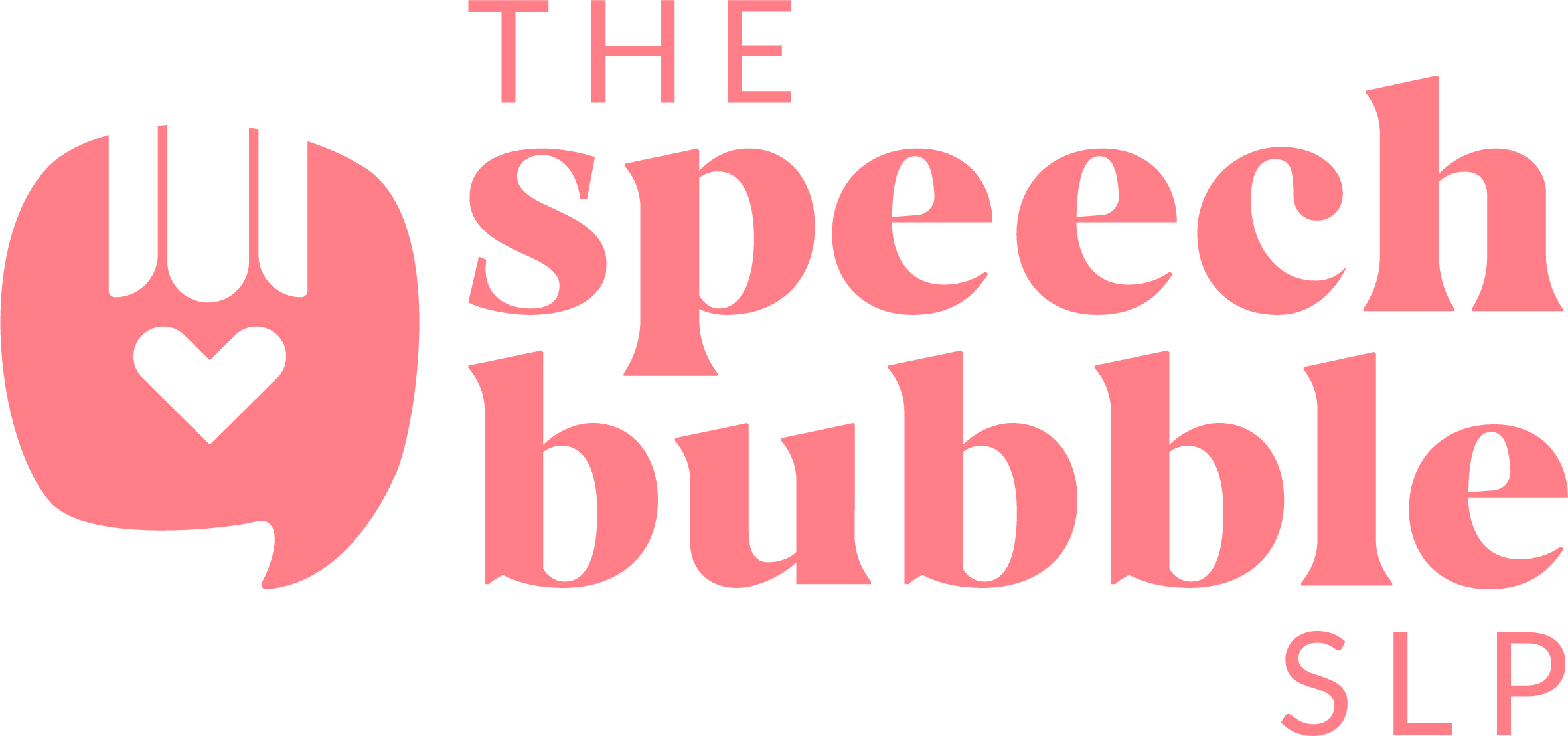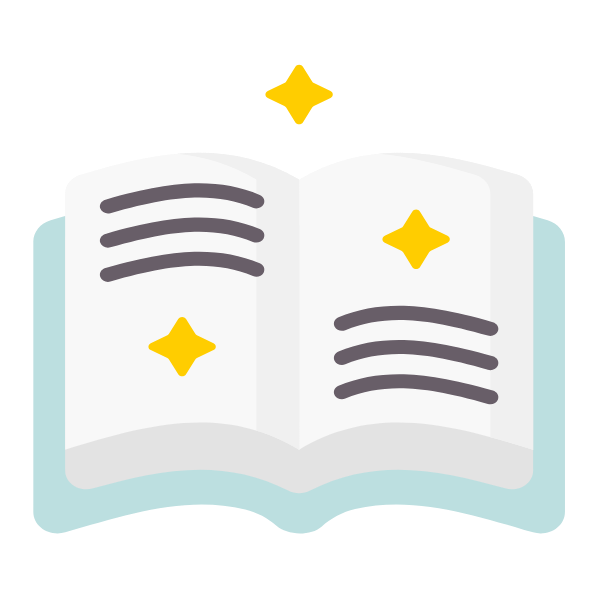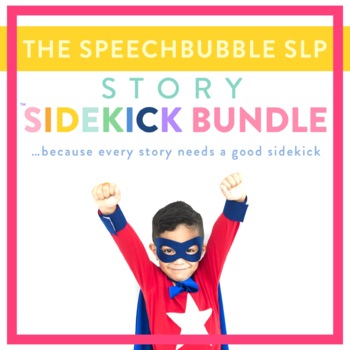
As we start back at school Common Core with be in full swing. A large aspect of Common Core is having students use and be more comfortable with non-fiction/informative text.
“In K–5, the Standards follow NAEP’s lead in balancing the reading of literature with the reading of informational texts, including texts in history/social studies, science, and technical subjects. In accord with NAEP’s growing emphasis on informational texts in the higher grades, the Standards demand that a significant amount of reading of informational texts take place in and outside the ELA classroom. Fulfilling the Standards for 6–12 ELA requires much greater attention to a specific category of informational text—literary nonfiction—than has been traditional.”
Range of Text Types for Grades K-5
| Literature | Informational Text | ||
| Stories | Dramas | Poetry | Literary Nonfiction and Historical, Scientific, and Technical Texts |
| Includes children’s adventure stories, folktales, legends, fables, fantasy, realistic fiction, and myth | Includes staged dialogue and brief familiar scenes | Includes nursery rhymes and the subgenres of the narrative poem, limerick, and free verse poem | Includes biographies and autobiographies; books about history, social studies, science, and the arts; technical texts, including directions, forms, and information displayed in graphs, charts, or maps; and digital sources on a range of topics |
This quote and table are from the Common Core site and can be found here. So what does this break down to? Well, we can see that in Jr. High and High School the push for understanding non-fiction texts will be far greater than before. As for our elementary students, we need to make sure that they have a foundation and exposure to using non-fiction texts prior to going to the upper grades.
So where do we go for child friendly non-fiction? Here are some resources that you can use to start introducing non-fiction and informative text to your students:
– Science and Social Studies Books:
These area great resources and something your students already have. Keep in mind that the text tends to be a grade level higher than the grade the book is for. So if it is a 4th grade Social Studies book the text is more of a 5th grade level. If you are going to use a text book, try borrowing one from the grade level below your student so the text is less intimidating. These text books also have lots of pictures and graphs which help to satisfy standard…
CC.RI.3.7: Use information gained from illustrations (e.g., maps, photographs) and the words in a text to demonstrate understanding of the text (e.g., where, when, why, and how key events occur).
This is an example for a third grade student. Keep in mind that the standards build on each other.
– Autobiographies and Biographies
Yes, there are autobiographies and biographies for kids.
Lincoln’s Last Days: The Shocking Assassinations That Changed America Forever by Bill O’Reilly and Dwight Jon Zimmerman This book is recommended for 5th grade and up.


*Don’t forget to ask your school’s librarian! They are extremely knowledgeable about other non-fiction texts available for your students.
-Newspapers/Articles
I stumbled across this site, Here There Everywhere: News for Kids, and really liked the level of the text and the variety of topics. You can quickly print out an article and use it in your session. These articles would be best for 3rd grade and up. They have something for every interest!
If you want to use an actual newspaper try using the ‘Want’ ads. You can have students infer what the job may before by reading them the description in the ad. Then perhaps have a discussion about if they would want that job and why. This could be great practice for students working at conversation level or articulation as well as syntax. Editorials are a great for examining opinion and point of view. The Sports section is another place to find authors perspective, does the writer like or dislike the team/player? Even the weather report can be used to show how students can use a graph, map, or diagram. Jenna at Speech Room News has a Newspaper Companion that would work wonderfully with these activities.
Highlights is always a classic for kids. You can find hard copies at just about any local or school library but their website has soem great stuff too, along with crafts and other fun ideas. Zoobooks, which can be found at your local and school library as well is also a good use of non-fiction with lots of pictures and other visual aides.



















2 Responses
Thanks for the ideas. I’ve been trying to figure out how to bring in more nonfiction texts. This post is terrifically helpful!
I am so glad this was helpful for you 🙂